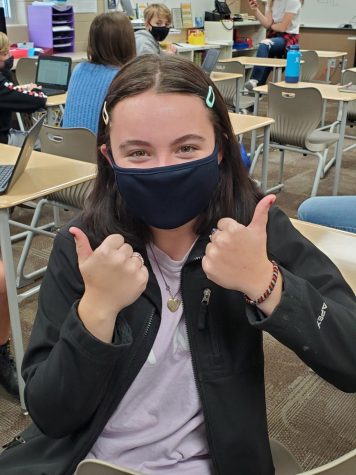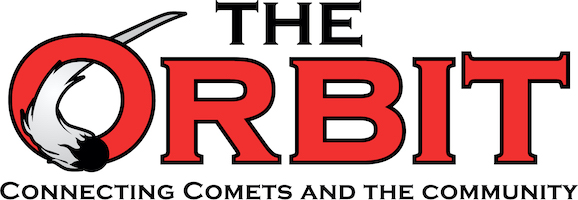Face-To-Face vs. Virtual Learning
A Change in Learning Models
November 3, 2020
At the quarter of the year, students were allowed to come back to school if they were previously learning virtually or become a virtual learner if they were a face-to-face learner. Forms to change a student’s learning model were due on Oct. 30, 2020. The new learning model will be in effect starting on Nov. 9, 2020. For some students, the opportunity to change learning models made a tremendous difference.
Junior Izzy Voigt informed, “I believe that in-person is way more effective than online.”
Voigt transferred from Dowling to North Polk. She went online for the first quarter of school and admitted that it was more challenging to meet people and make connections. Further, she had some struggles adjusting to online learning as many students do.
“Understanding some of the topics, as well as focusing on the lesson,” were some of the struggles Voigt faced while learning virtually.
On the other hand, some people preferred learning virtually. They enjoyed learning from their house because they did not have to be at school for study halls or online DMACC classes.
“I only have five classes that I have to go to, so I can wake up at 9 a.m. everyday, and I’m done with school at 1:40 p.m.,” stated virtual learner Heidi Schoenberg.
Schoenberg came to school as a face-to-face learner before deciding that virtual learning would be better for her personally. However, Schoenberg does point out that there are some disadvantages to learning virtually.
“The teacher is right there, but they are also teaching other students,” Schoenberg admitted. She added that math is the most challenging subject to learn online.
Voigt and Schoenberg both got to choose the learning model they preferred. Some students were not that lucky. Quarantining was a common experience for students exposed to someone who tested positive for COVID-19.

Alexis Dorsett was one victim of quarantining, and her overall impression was not very positive. She explained, “I think that once you get tested, quarantine is unnecessary.”
Dorsett believed that there were many challenges to virtual learning, including struggling to focus, lacking motivation, and decreasing grades.
“I felt like I wasn’t part of the class,” Dorsett pointed out. This made it hard for her to ask questions and fully grasp the material the teacher was trying to teach the rest of the students.
Kim Kult, a high school science teacher, explained that the hardest obstacle to overcome in the science field was that virtual students could not participate in the labs. Furthermore, Kult was afraid that the virtual students would feel isolated and not get as much out of her class.
“It is more difficult to see an online learner’s practice and read their cues during class, and they sometimes miss out on the questions that arise from their peers during work time,” Kult explained.
Virtual learning has been tough for everybody involved. However, Dorsett thinks that when a student finally does come back to school full time, it is a smooth transition with minimal catch-up work. Everyone appreciates the hard work the teachers put into making this an effective school year.
Kult explained, “We are all trying many new strategies this year so that we can still provide students a great experience. Our creative skills are being brought to the surface as we design new strategies.”
